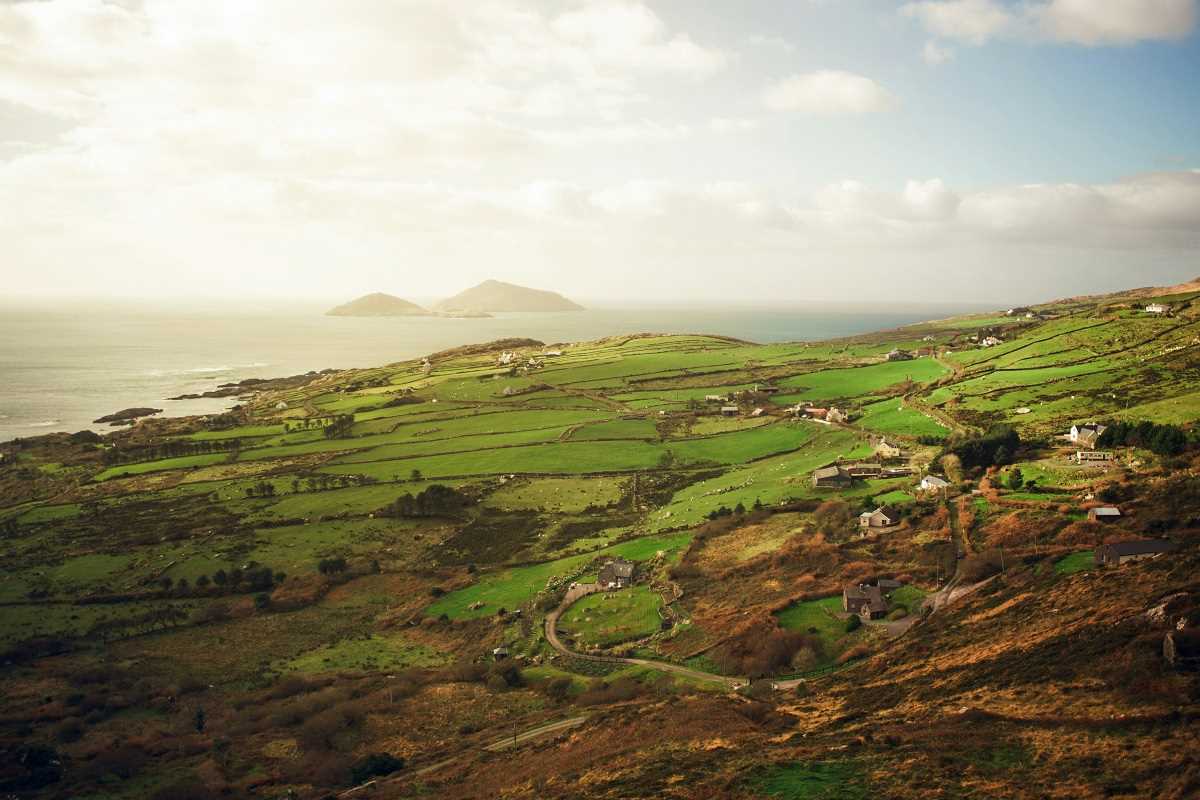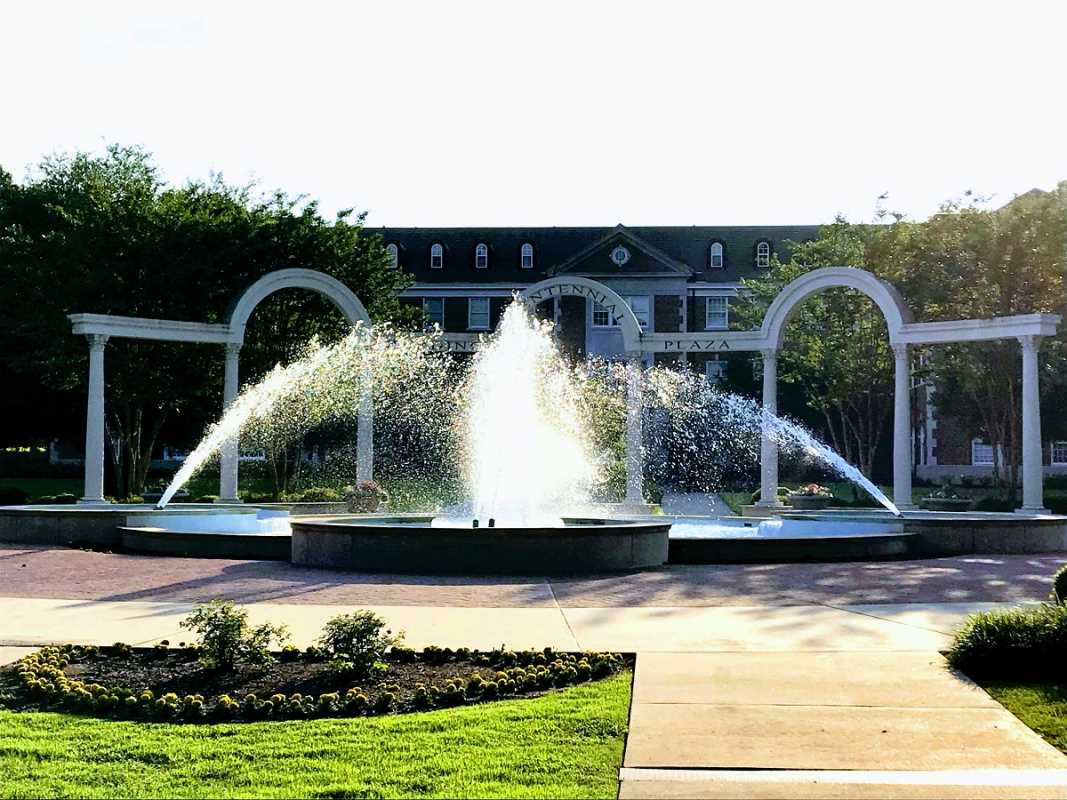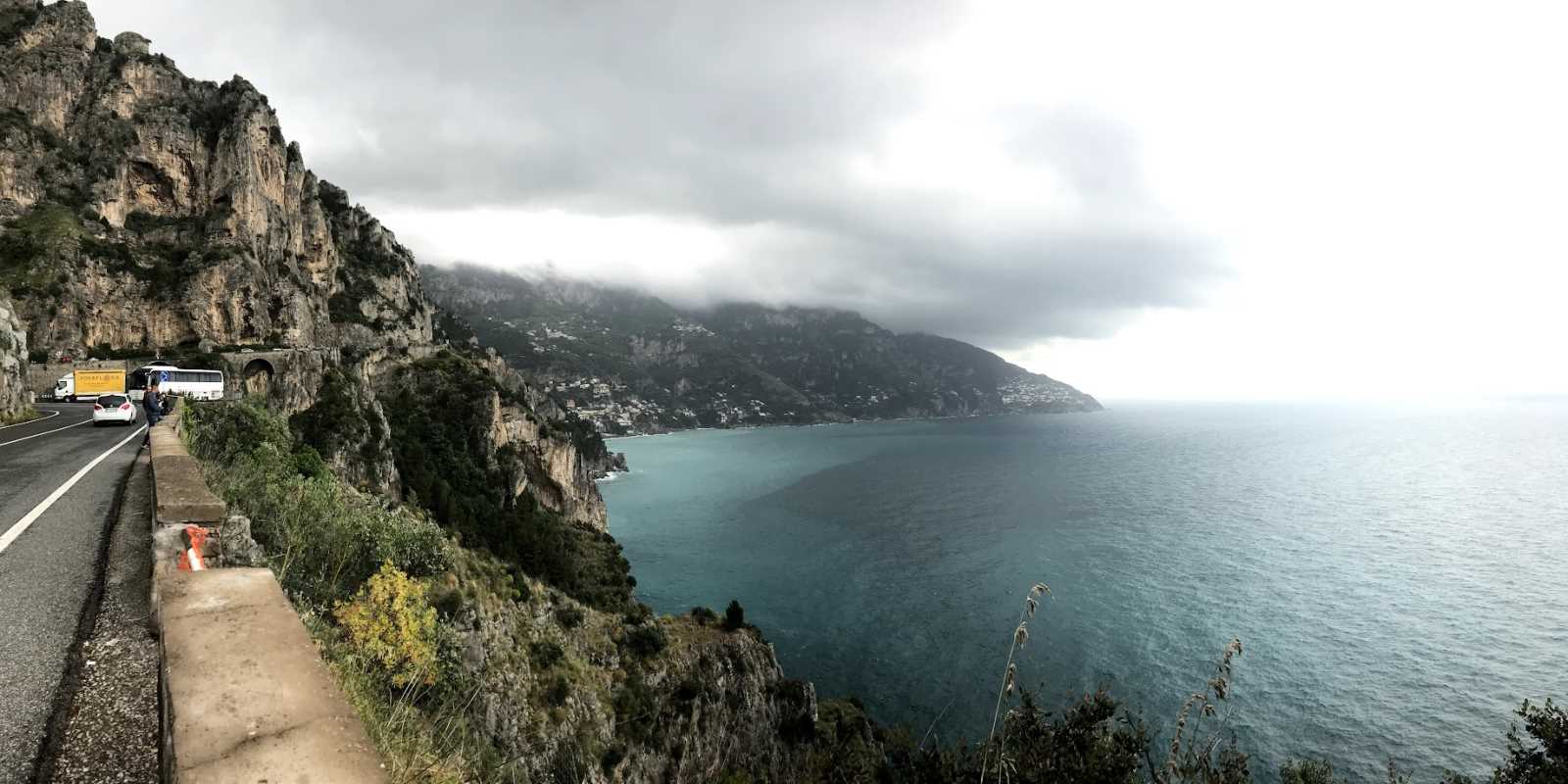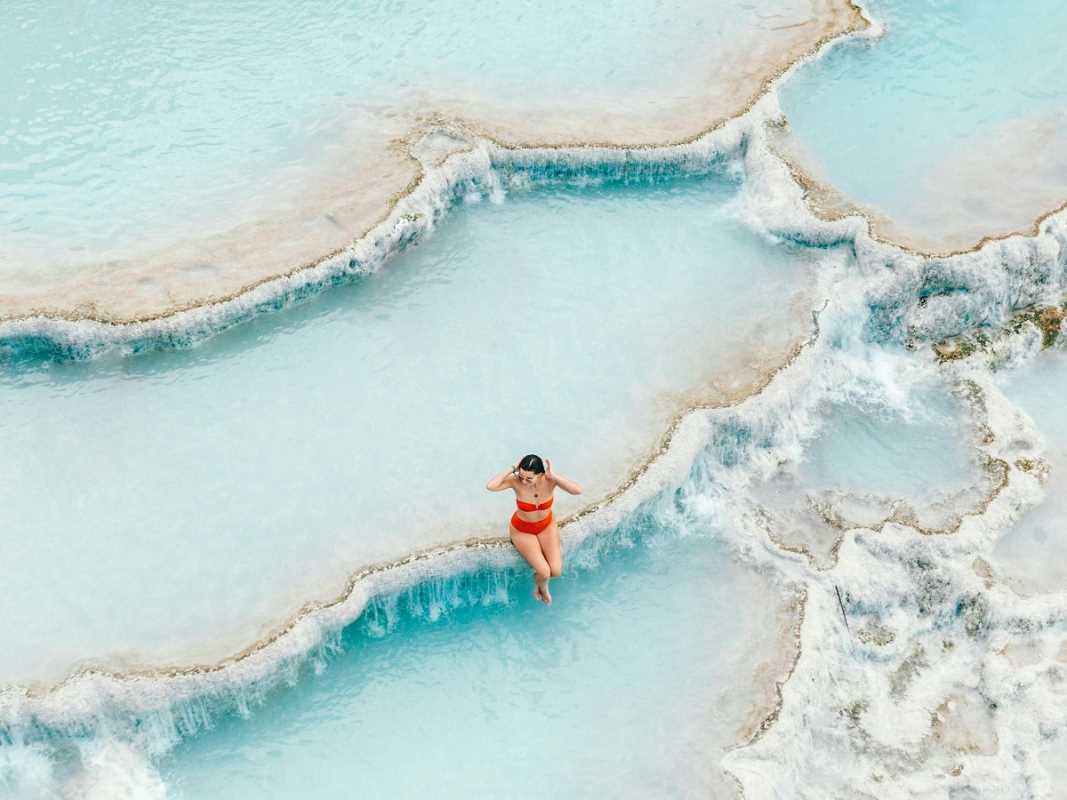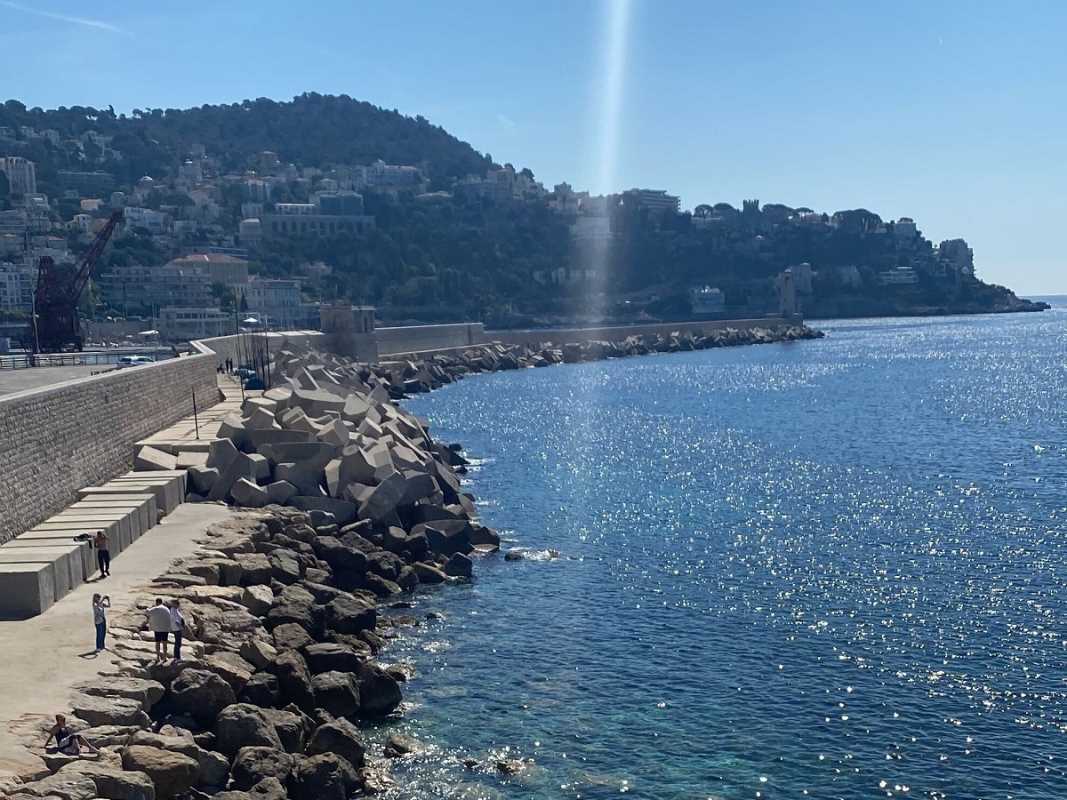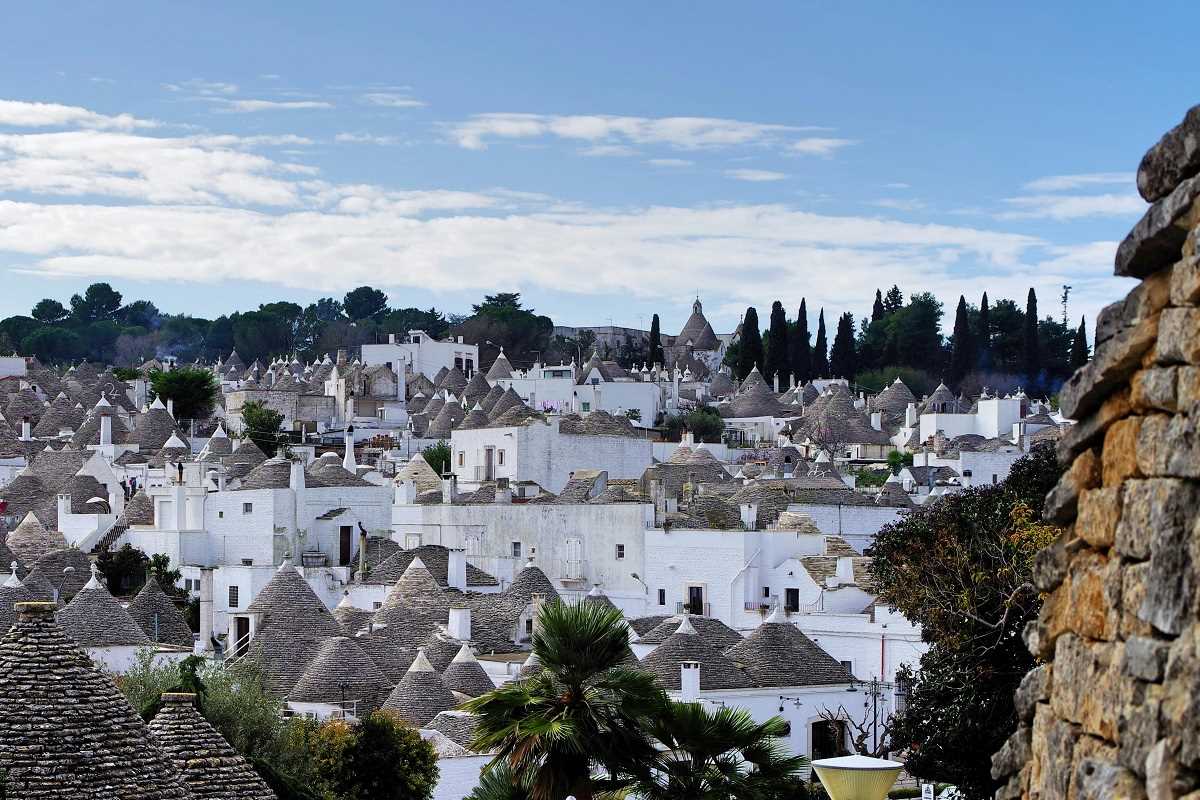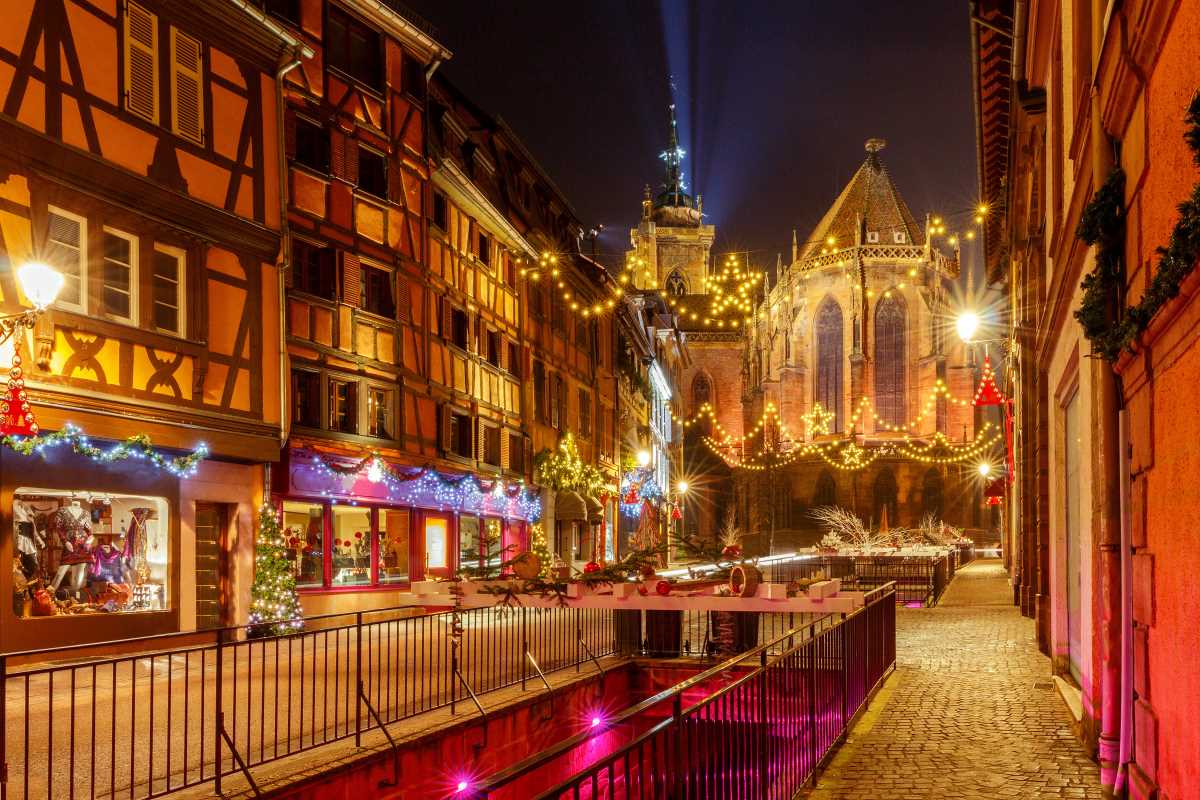Nestled in the northernmost part of India, the town of Leh in the Ladakh region is a treasure trove of awe-inspiring natural beauty, rich culture, and unique traditions. Flanked by the awe-striking Himalayan and Karakoram mountain ranges, Leh is often referred to as the "Land of High Passes." Known for its towering peaks, crystal-clear lakes, ancient monasteries, and vibrant traditions rooted in Tibetan Buddhism, Leh captivates every traveler who ventures into its rugged, breathtaking landscape. A visit here is not just a getaway; it’s an odyssey into tranquility, spirituality, and unmatched natural splendor.
Landscapes That Take Your Breath Away
Leh-Ladakh is the epitome of Himalayan majesty. The region’s landscapes change dramatically within just a few kilometers, taking you from lush valleys to snow-capped peaks and stark desert plains. It's no surprise that Leh has become a bucket-list destination for thrill-seekers, trekkers, and those searching for peace amidst nature.
Pangong Lake
Perhaps one of the most iconic natural features of Ladakh, Pangong Lake spans a length of nearly 134 kilometers, crossing into Tibet. Its shimmering blues shift with the sunlight, ranging from deep indigo to bright aquamarine, creating surreal views that make it a photographer's paradise. Surrounded by jagged mountains, the tranquil setting invites visitors to pause and soak in the beauty. The lake freezes during the winter, forming a vast white expanse of icy wonder.
- Travel Tip: Carry sufficient warm clothing even in summer; the weather near the lake can be unpredictable. Overnight stays in tents are possible and offer a star-filled sky like no other.
Nubra Valley
A stark yet stunning contrast to the alpine landscapes, Nubra Valley is famous for its vast desert terrain framed by pristine snow-dappled peaks. Situated at the confluence of the Shyok and Nubra rivers, the valley is dotted with exotic sand dunes and curious sightings of double-humped Bactrian camels, remnants of the ancient Silk Route trade. The lush villages of Diskit and Hunder add bursts of greenery to this otherwise arid wonderland.
- Travel Tip: Nubra Valley is accessible via the world-famous Khardung La Pass, one of the highest motorable passes in the world. Take your time to acclimatize before heading here, as the altitude can be challenging.
Tso Moriri and Tso Kar Lakes
Far less visited but equally majestic are Ladakh’s other high-altitude lakes, Tso Moriri and Tso Kar. These are havens for birdwatchers and solitude-seekers. Surrounded by wetlands and snowy peaks, these lakes are brimming with serenity and offer a chance to appreciate the quieter side of Ladakh's natural beauty.
Enriching Culture Rooted in Tibetan Buddhism
One of Leh’s most captivating aspects is its vibrant culture, shaped largely by Tibetan Buddhism. Known for its colorful prayer flags fluttering in the wind, ancient monasteries perched high on cliffs, and spiritual chants reverberating across the valleys, Ladakh exudes a mystical charm.
Thiksey Monastery
Dominating the skyline with its tiered structure, Thiksey Monastery is one of Leh’s most iconic landmarks. Located just 19 kilometers from Leh, this monastery is often compared to the Potala Palace in Tibet. Inside, you'll find exquisite sculptures, paintings, and a colossal 15-meter-tall statue of Maitreya Buddha, the future incarnation of Buddha. Witnessing the early-morning prayers and rituals here is mesmerizing and offers a true glimpse into Buddhist spirituality.
Hemis Monastery
The Hemis Monastery, the largest and wealthiest in Ladakh, is a central cultural and spiritual hub. Every summer, it hosts the Hemis Festival, celebrated with elaborate masked dances and rituals to honor Guru Padmasambhava, the founder of Tibetan Buddhism. The riot of colors, rhythmic drumbeats, and intricate costumes make it a one-of-a-kind cultural experience.
Traditional Festivals
Leh and Ladakh are home to a myriad of colorful festivals beyond Hemis. The Ladakh Festival, celebrated in September, involves traditional dances, music, archery competitions, and processions, uniting locals and visitors alike. Losar, the Tibetan New Year, is another grand celebration where monasteries are illuminated with butter lamps, and prayers for peace and prosperity are said.
- Travel Tip: Check the festival dates before planning your trip, as participating in one adds a rich cultural dimension to your visit.
Exploring Leh Town
Leh itself is a charming blend of the old and the new. Leh Palace, a 17th-century wonder, provides panoramic views of the entire town and the distant mountains. Strolling through Main Bazaar Road gives you a sense of Ladakhi life, with shops selling everything from Pashmina shawls to souvenirs like beautifully crafted prayer wheels.
Authentic Ladakhi cuisine awaits in tiny cafes and restaurants dotting the town. Don't miss thukpa (noodle soup), momos (dumplings), and chhang, a traditional barley-based brew.
Tips for Visiting Leh-Ladakh
When to Visit
The best time to visit Leh is between June and September. During these months, the weather is pleasant, the roads are accessible, and most attractions are open. Winters, while stunning in their own way, bring extreme cold and challenging conditions.
Acclimatization is Key
Leh is situated at an altitude of over 11,000 feet, so acclimatization is crucial to avoid altitude sickness. Spend your first two days in Leh resting and allowing your body to adjust. Keep yourself hydrated and avoid strenuous activities immediately upon arrival.
Getting There
- By Air: The easiest way to reach Leh is by flight. The Kushok Bakula Rimpochee Airport in Leh connects with major Indian cities like Delhi and Srinagar.
- By Road: For adventurous souls, taking the Manali-Leh Highway or the Srinagar-Leh Highway offers a thrilling ride through staggering mountain passes and jaw-dropping vistas.
- Travel Tip: Always check road conditions before planning a road trip, as landslides and weather can impact accessibility.
Packing Essentials
Given its high altitude and erratic weather, pack warm layers even during summer. Comfortable walking shoes, sunscreen, lip balm, and sunglasses are must-haves for exploring the high-altitude landscapes.
Preserving the Fragile Environment
Leh and Ladakh’s pristine beauty come with a responsibility to protect it. Avoid single-use plastics, carry reusable bottles, and respect the local customs and environment throughout your visit.
Experiencing the Local Way of Life
Leh offers opportunities to connect with its people and their traditions. Consider staying in a homestay in one of the nearby villages to truly experience Ladakhi hospitality. Many homes serve traditional meals made from local ingredients like barley and yak cheese. Participating in cooking classes or prayer rituals allows you to gain deeper insights into the way of life here.
The region’s serenity, coupled with its culture and natural grandeur, leaves an indelible mark on every visitor. Whether you choose to meditate in a monastery, trek through rugged terrains, or simply relax by a serene lake, Leh presents an experience that is both humbling and exhilarating.
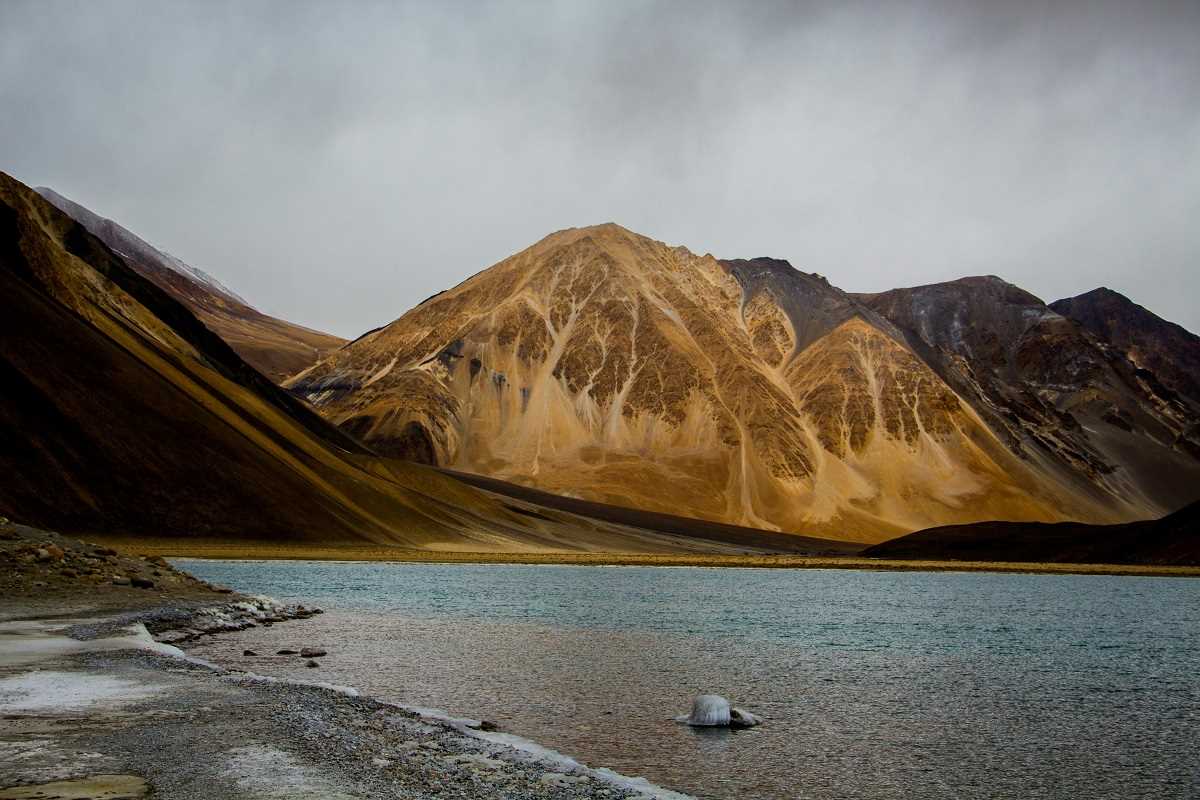 (Image via
(Image via